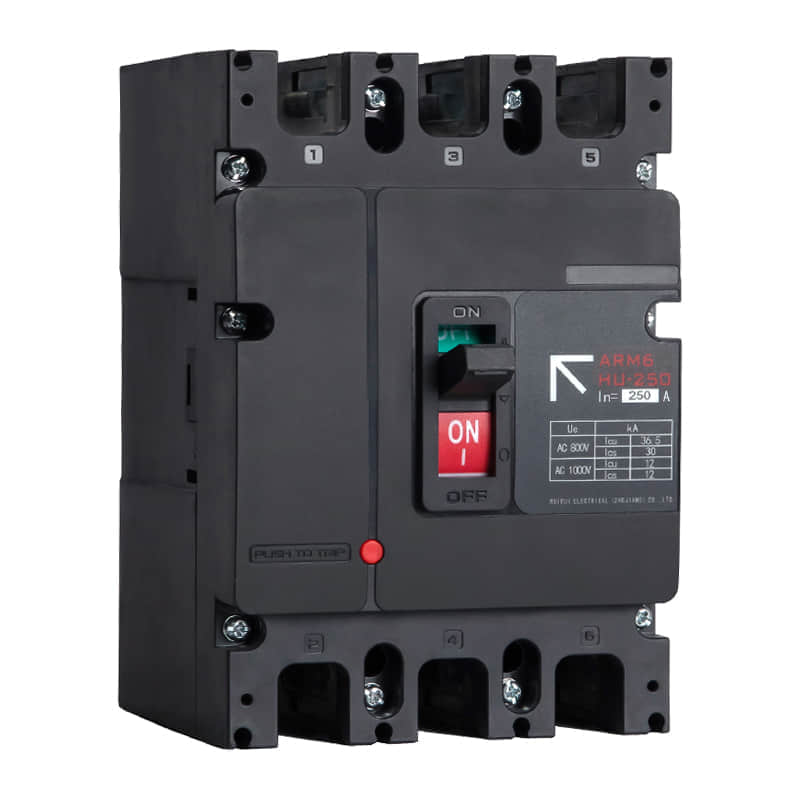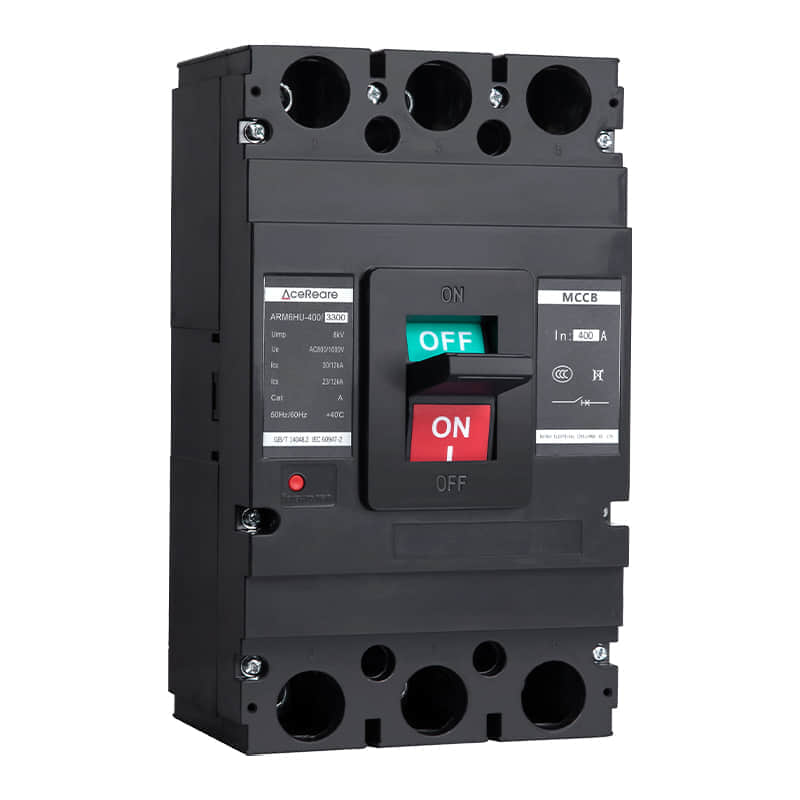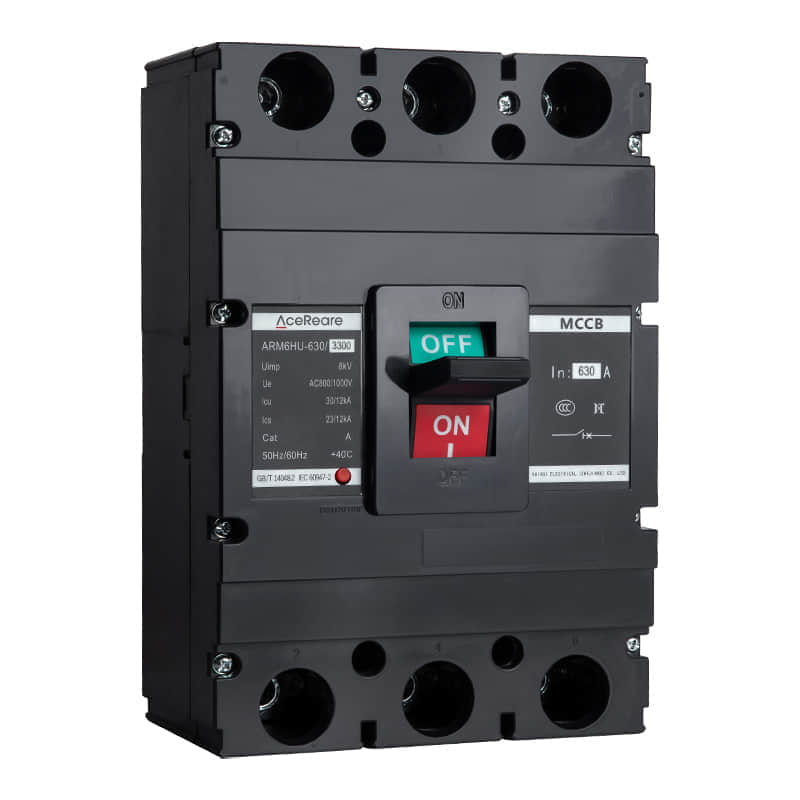Introduction

In the world of electrical engineering, safety and efficiency are paramount concerns. Molded Case Circuit Breakers (MCCBs) have emerged as indispensable components in electrical distribution systems, providing protection against overcurrent and short circuits. This article delves into the intricacies of MCCBs, exploring their design, working principles, applications, and advancements.

Design and Working Principles MCCBs are circuit protection devices designed to safeguard electrical systems by interrupting the flow of current when abnormal conditions arise. They consist of a molded case housing, current-carrying components, trip units, and operating mechanisms. The housing is typically made of high-strength insulating materials, ensuring that the internal components are well-protected from external factors. At the heart of an MCCB is the trip unit, which detects overcurrent and short-circuit conditions. The trip unit comprises a thermal element for detecting prolonged overloads and a magnetic element for rapid response to high-current faults. When the current exceeds a certain threshold, the trip unit activates the operating mechanism, causing the circuit breaker to open and interrupt the current flow. Applications in Various Industries MCCBs find applications across a wide range of industries due to their versatility and reliability. In commercial buildings, they protect wiring systems and electrical equipment from overheating, preventing potential fire hazards. Industrial settings utilize MCCBs to safeguard heavy machinery, motors, and production lines. The ability to handle high short-circuit currents makes MCCBs essential in power distribution stations and substations. Advancements in MCCB Technology The field of MCCBs has witnessed significant technological advancements in recent years. One notable development is the integration of digital communication capabilities. Modern MCCBs can be equipped with communication modules that enable real-time monitoring and remote control. This is especially valuable for predictive maintenance, as engineers can gather data on the breaker’s performance and health. Adjustable trip settings have also become a standard feature in MCCBs. Engineers can customize the current thresholds for tripping, allowing for better coordination with other protective devices in the circuit. Moreover, the incorporation of arc flash protection systems enhances operator safety by minimizing the potential harm caused by arc flashes during circuit interruption. Environmental considerations have led to the development of more energy-efficient MCCBs. These devices minimize energy losses and contribute to overall system efficiency. Additionally, advancements in materials and manufacturing techniques have resulted in MCCBs with improved performance characteristics and longer operational lifetimes. Conclusion Molded Case Circuit Breakers have become integral components of modern electrical systems, ensuring safety and reliability in various applications. Their design, working principles, and technological advancements have made them indispensable in a wide range of industries. As technology continues to evolve, MCCBs will likely see further enhancements in terms of communication capabilities, energy efficiency, and overall performance. The ongoing pursuit of safer, more efficient electrical distribution systems will undoubtedly be closely linked to the evolution of MCCB technology.
